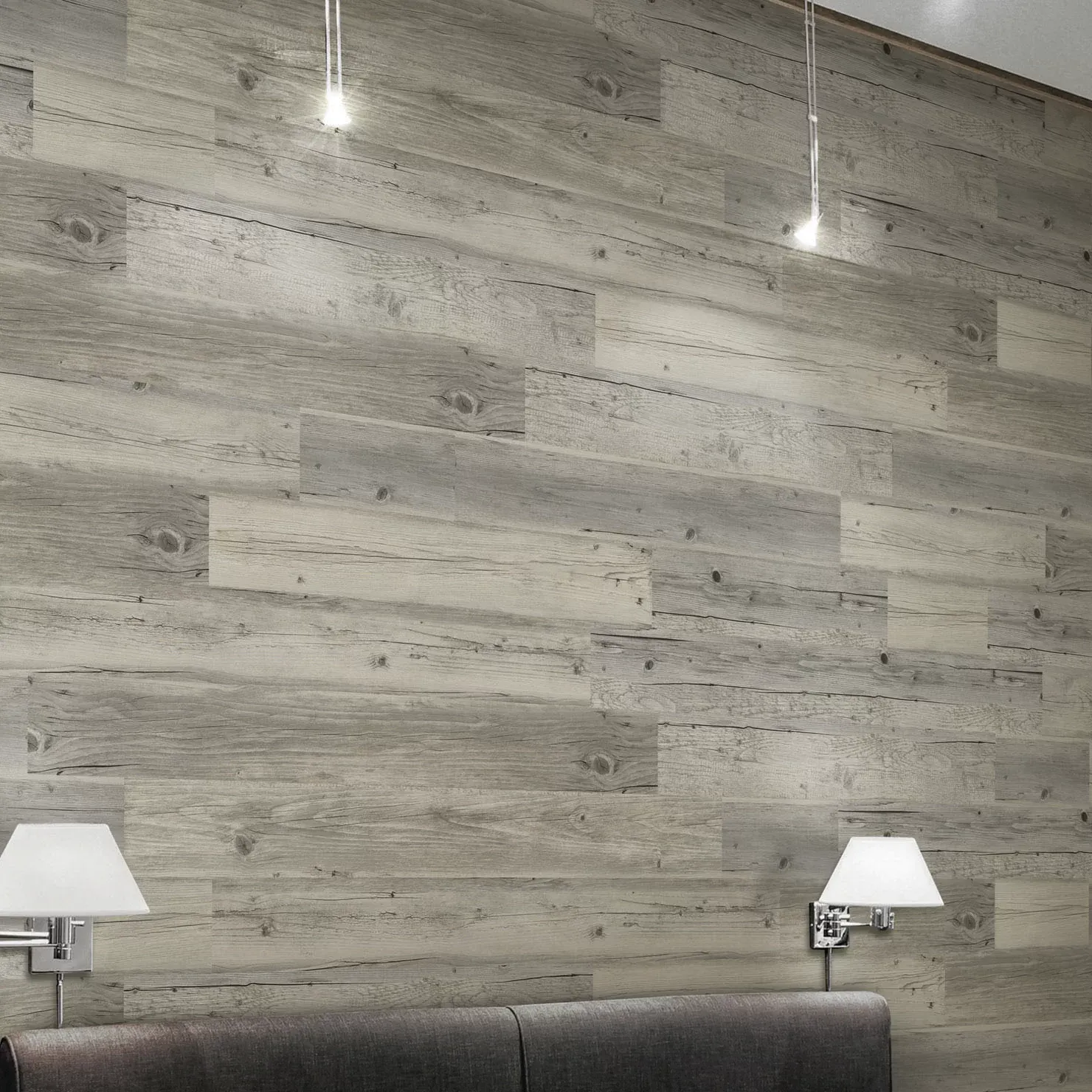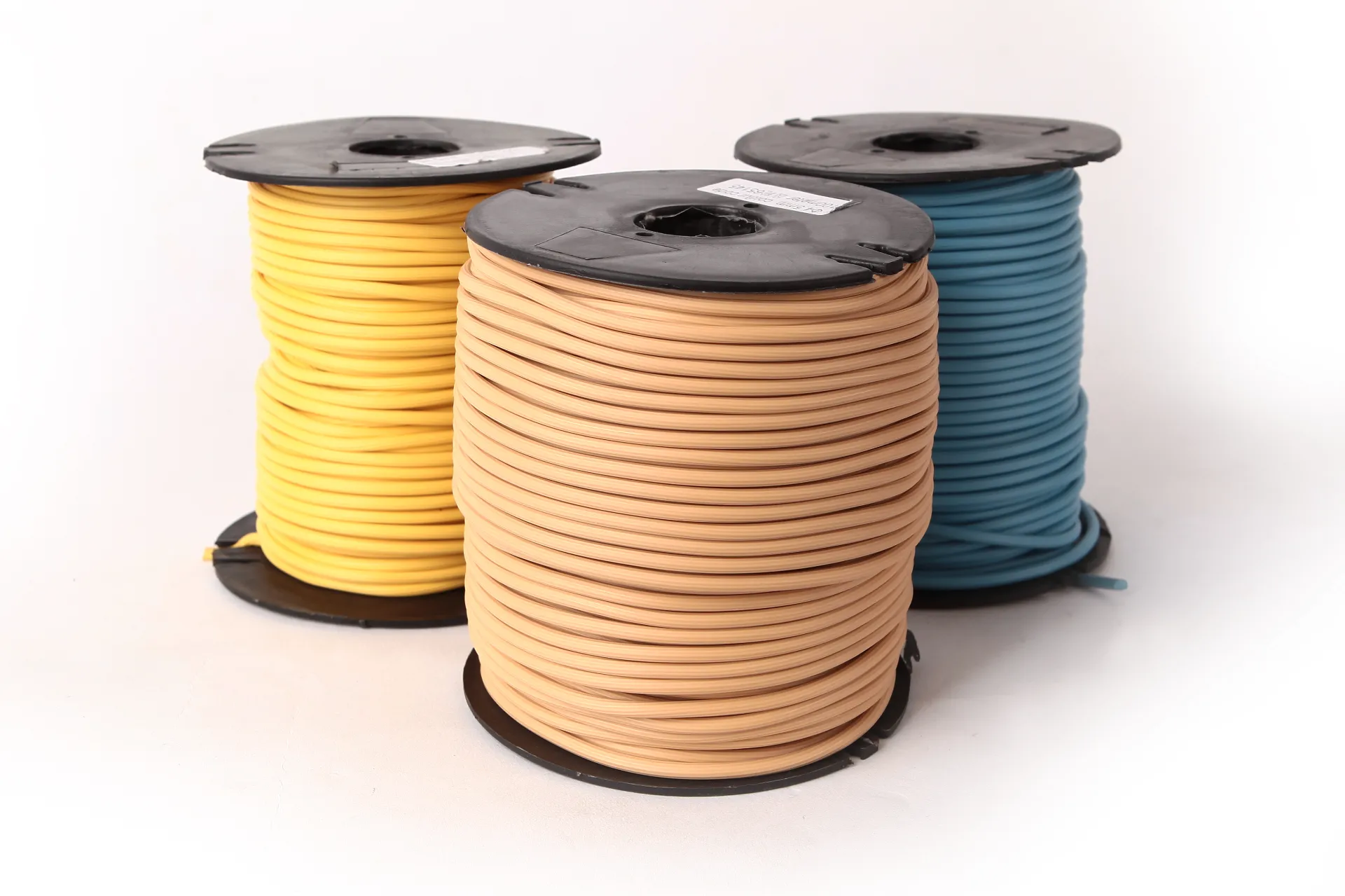SPC Flooring: Waterproof, Durable, Easy Click—Why Us?
SPC Vinyl Flooring: Field Notes, Specs, and What Actually Matters
If you’ve been watching the resilient surfaces market, you’ve probably heard the buzz around spc flooring. To be honest, it earned the buzz. Rigid-core vinyl has quietly replaced a lot of laminate and even some ceramic in real-world projects, largely because maintenance teams love it and GCs don’t have to hold their breath about moisture.
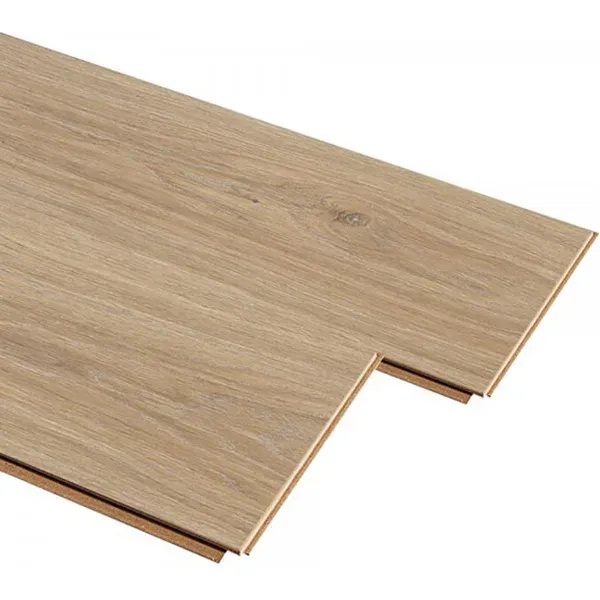
Quick industry snapshot
Demand is shifting toward click-lock rigid vinyl with integrated underlay (IXPE/EVA), matte low-sheen visuals, and EIR (embossed-in-register) textures. Commercial specs increasingly call for FloorScore and low-VOC documentation. Retailers report that stair-nosings and waterproof claims close sales; facility managers, however, ask about indentation and temperature cycling—smart.
What SPC really is (and how it’s made)
SPC stands for stone–polymer composite: a limestone (CaCO₃) + PVC composite core, topped with a printed film and a UV-cured wear layer. Production runs either via co-extrusion or hot pressing, then a click profile (often Unilin/Valinge compatible) is milled. The model here—SPC Vinyl flooring—comes from #C3, No. 36 Xiangyuan Rd., Baiyun Dist., Guangzhou, China. Actually, the process is pretty lean:
-
- Materials: CaCO₃ powder, PVC resin, stabilizers; decor film; PU/UV wear layer; optional IXPE backer.
- Methods: high-temperature extrusion → calendering/rolling → UV coating → precision profiling → conditioning.
- Testing gates: dimensional stability (ISO 23999), indentation (ISO 24343-1), slip (DIN 51130), fire (EN 13501-1), rigid core spec (ASTM F3261).
- Expected service life: ≈15–25 years in normal traffic (care and subfloor matter).
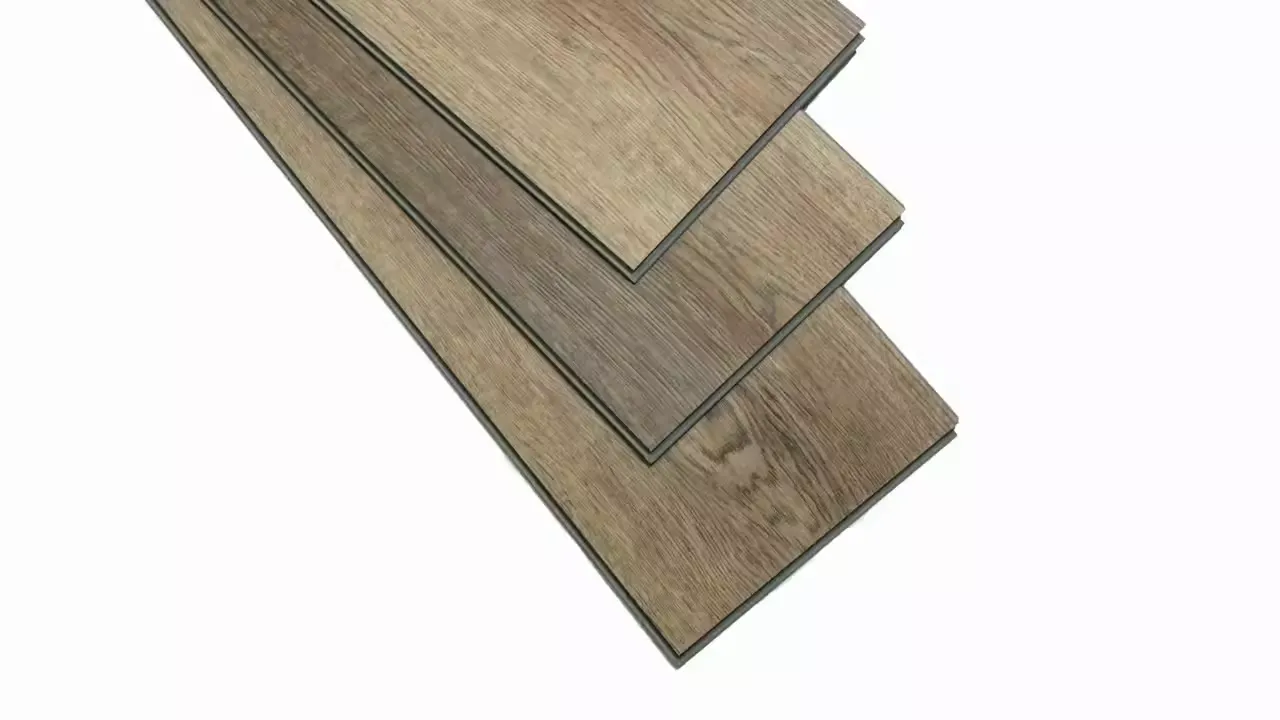
Specs you can take to a jobsite
| Parameter | Typical value (≈, real-world use may vary) |
|---|---|
| Total thickness | 4.0–6.5 mm |
| Wear layer | 0.3–0.7 mm PU/UV |
| Core density | ≈1900–2100 kg/m³ |
| Dimensional stability | ≤0.15% (ISO 23999) |
| Residual indentation | ≤0.10 mm (ISO 24343-1) |
| Fire classification | Bfl-s1 (EN 13501-1) |
| Acoustic (with IXPE) | IIC 60–72 (ASTM E492/E989, assembly-dependent) |
| Slip resistance | R9–R10 (DIN 51130) |
| VOC | FloorScore available; ≤0.5 mg/m³ TVOC typical |
Advantages? Waterproof core, stable against sunlight and AC cycling, decent scratch resistance, and quick installs. Many customers say the click feels “solid” compared with WPC; I’d agree—less “hollow” underfoot.
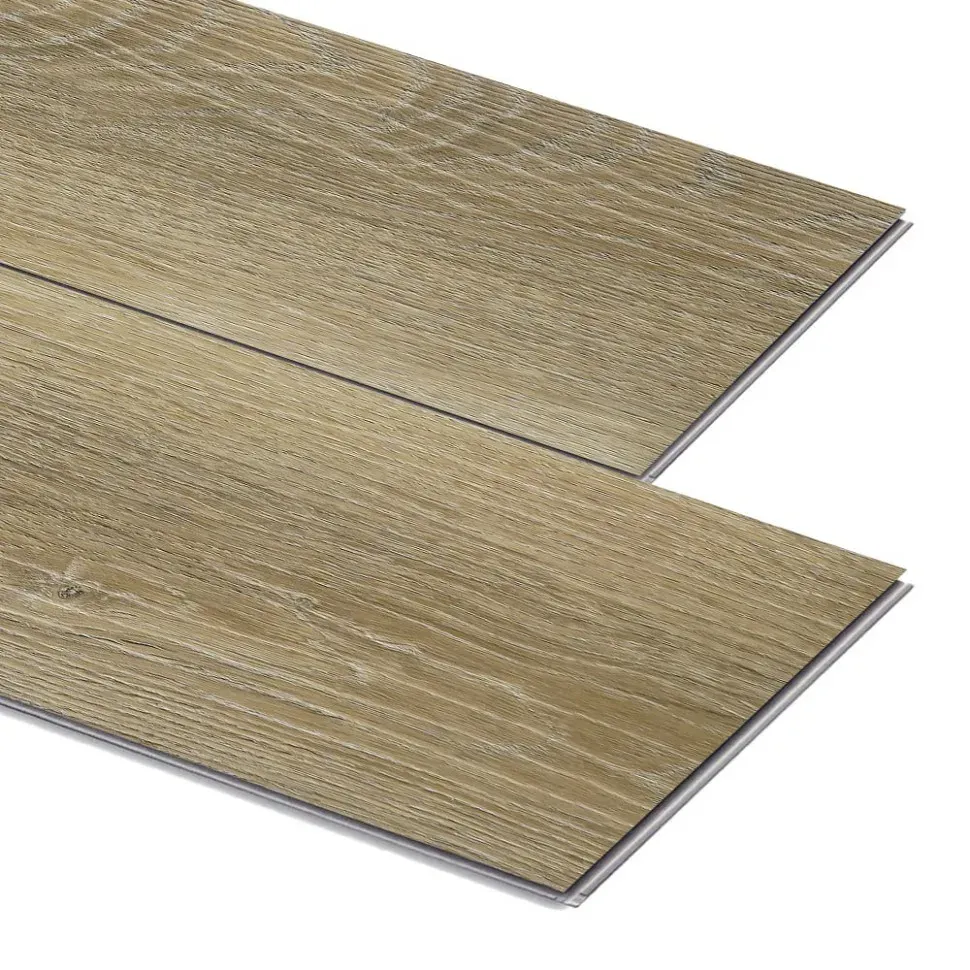
Where it shines
Applications: retail fit-outs, rental units, classrooms, boutique hospitality, healthcare corridors (light clinical), and kitchens/bathrooms at home. Facility managers like spc flooring for flood-prone slabs and rapid turnover; designers like the EIR oaks and terrazzo looks; installers like the forgiving click.
Customization options
Sizes (6”×36” to 9”×60”), wear layer (0.3/0.5/0.7 mm), bevel (painted/micro), textures (EIR, hand-scraped, matte), integrated IXPE 1–2 mm, and color libraries or Pantone-matched prints. OEM branding is possible; MOQ and lead time vary by décor film availability.
Vendor comparison (field-perspective)
| Item | SPC Vinyl flooring (Enlio) | Vendor A (OEM) | Vendor B (Retail chain) |
|---|---|---|---|
| Origin | Guangzhou, China | Zhejiang, China | Mixed (imported) |
| Certifications | FloorScore, CE; ISO 9001/14001 | FloorScore (select lines) | Retail-specific QA |
| Lead time | ≈25–35 days | ≈30–45 days | Stock-dependent |
| Customization | High (EIR, IXPE, bevel) | High | Low–Medium |
| Warranty | Residential 20–30 yrs; Commercial 5–10 yrs | Similar (varies) | Varies by SKU |
Case notes
- Retail rollout (1,800 m², fast-track): spc flooring with 0.5 mm wear layer and 1.5 mm IXPE. Overnight installs hit 200–250 m²/crew/day. Noise drop was noticeable; staff feedback called it “warmer than tile.”
- Mid-rise rentals (corridors + units): Designer shifted from laminate after subfloor RH tested high. Post-install punch list was tiny; only a few click repairs near door thresholds—installer training mattered.

What to check before you sign off
-
- Subfloor flatness (≤3 mm over 2 m) and moisture tests (per ASTM F2170 for slabs).
- Confirm rigid-core spec compliance (ASTM F3261) and fire class (EN 13501-1).
- Acoustic targets: ask for assembly IIC reports (ISO 10140/ASTM E492).
- Traffic rating and wear layer; kitchens/corridors do best at ≥0.5 mm.
It seems simple, but these four checks prevent 90% of headaches. And yes, spc flooring still benefits from trims and movement gaps—don’t skip the basics.
References
-
Masking Tape: Clean Removal, Precision Lines, Pro-GradeNov.10,2025
-
Skirting: MDF, Oak & SPC | Durable, Easy-FitNov.10,2025
-
Commercial VCT Tile Flooring – Durable, Low-MaintenanceNov.10,2025
-
LVT Vinyl Floors – Waterproof, Scratch‑Resistant, Easy ClickNov.10,2025
-
Masking Tape - Pro-Grade, Clean Removal, Crisp LinesNov.10,2025
-
Premium Masking Tape - Sharp Lines, Clean RemovalNov.10,2025



